
What does a baby snake eat?: Essential Diet Guide for New Snake Owners
Snakes are reptiles that are getting to be progressively prevalent as pets. Whereas there are numerous sorts of snakes, both as pets or in the wild, the diets of pet snakes are for the most part beautiful comparative.
Most pet snakes are encouraged a few sort of rodent–with the measure, amount, and recurrence of nourishing decided by the estimate and age of the wind. Wild snakes are moreover carnivores but may eat anything from warm blooded creatures to spineless creatures.
- Key Takeaways
- Understanding What Baby Snakes Eat
- What Are the Facts About Baby Snakes?
- Types of Food for Baby Snakes
- Feeding Your Baby Snake
- Potential Risks in Feeding Baby Snakes
- Transitioning from Baby Snake to Adult Diet
- Tips for Keeping Your Baby Snake Healthy
- Do Snakes Get Bored in a Cage?
- Can Snakes Go Without Eating?
- What does a baby snake eat?
- FAQs About What does a baby snake eat?
- Conclusion
Key Takeaways
- Slim down Composition:�Infant snakes essentially eat little prey, such as creepy crawlies, little rodents, and creatures of land and water, depending on their species.
- Feeding Recurrence: They ordinarily require nourishing each 3 to 7 days, with more youthful snakes requiring more visit meals.
- Prey Measure: Prey ought to be suitably sized—no bigger than the largest portion of the snake’s body—to anticipate choking or injury.
- Species-Specific Needs: Diverse species have special dietary inclinations, so it’s critical to get it what sort of nourishment is best for your particular infant snake.
- Hydration: New water ought to continuously be accessible to keep child snakes hydrated.
Understanding What Baby Snakes Eat
When it comes to the dietary needs of child snakes, it’s imperative to recognize that their necessities contrast altogether from those of grown-up snakes.
As hatchlings, child snakes are ordinarily dependent on littler prey that matches their measure and vitality needs.
The sort of nourishment they devour can shift broadly based on their species, environment, and accessibility of nourishment sources.
In common, infant snakes frequently begin their diets with soft-bodied prey such as creepy crawlies, worms, and little rodents. For occurrence, supporter snakes may bolster on worms and little creatures of land and water,
whereas constrictor species like corn snakes might expend pinky mice. Understanding these dietary inclinations not as it were helps in appropriate care for pet snakes but too gives understanding into their biological parts in the wild.
Additionally, child snakes have a tall metabolic rate, which implies they require to eat more habitually than grown-ups. Variables such as age, species, and environment can impact their nourishing recurrence,
making it fundamental for proprietors and analysts alike to remain educated around what constitutes a adjusted eat less for these youthful reptiles.
By investigating the particular dietary propensities of infant snakes, we can guarantee their wellbeing and well-being, whether in imprisonment or in their characteristic territories.
What Are the Facts About Baby Snakes?
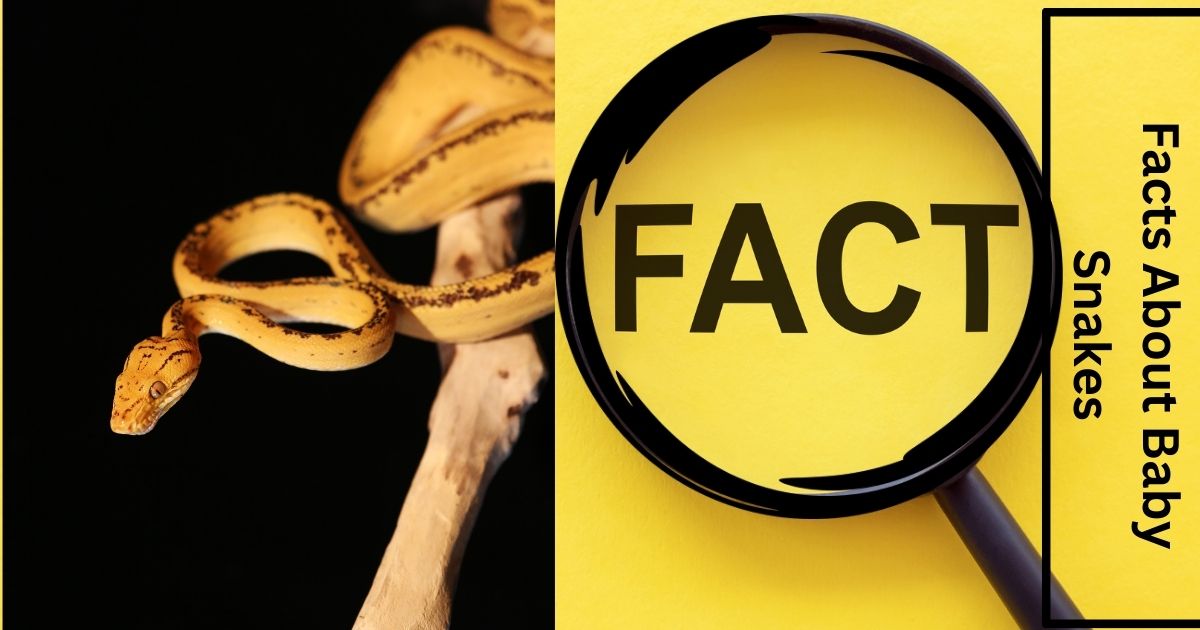
Infant snakes, too known as hatchlings, develop from eggs or live births depending on the species. They are ordinarily autonomous from birth, meaning they do not get parental care.
Most child snakes are littler adaptations of grown-ups and have specialized diets that frequently incorporate creepy crawlies, little rodents, and creatures of land and water.
They develop rapidly, shedding their skin a few times in their to begin with year. Infant snakes are more defenseless to predators due to their measure, making camouflage and fast developments basic for survival.
Each species has one of a kind characteristics and propensities, impacting their slim down and behavior in the wild.
How Do You Take Care of a Baby Snake?
- Environment Setup: Give a appropriately measured terrarium with suitable substrate, stowing away spots, and temperature angles (a warm and a cool side).
- Temperature and Mugginess:�Keep up perfect temperature (as a rule between 75°F and 85°F) and mugginess levels particular to the species.
- Feeding: Offer suitably measured prey, such as pinky mice or creepy crawlies, based on their dietary needs. Bolster them each few days.
- Water: Give a shallow water dish for drinking and soaking.
- Handling: Minimize dealing with amid the to begin with few weeks to decrease push, steadily presenting brief sessions once they acclimate.
- Health Observing: Keep an eye out for signs of sickness, such as dormancy or refusal to eat, and counsel a veterinarian if required.
Common Food Sources for Baby Snakes
Child snakes ordinarily expend a assortment of little prey based on their species. Common nourishment sources include:
- Insects: Crickets, mealworms, and moths are well known for numerous species.
- Rodents: Pinky mice or other little rodents are reasonable for bigger infant snakes.
- Amphibians: A few species may eat little frogs or toads.
- Worms: Night crawlers and other soft-bodied spineless creatures are too common.
- Fish: Certain sea-going snakes might eat little fish.
It’s imperative to select nourishment that matches the snake’s measure and species-specific dietary needs.
What Do You Feed a Baby Snake?
You should nourish a baby snake suitably measured prey based on its species. Common alternatives include:
- Pinkie Mice:Perfect for bigger child snakes.
- Insects: Crickets and mealworms are appropriate for littler species.
- Worms: Night crawlers can be bolstered to different wind types.
- Small Frogs: A few species may incline toward amphibians.
Always guarantee the prey is no�bigger than the�largest�portion of the snake’s body for�secure�utilization.
Do Baby Snakes Eat Fruit?

No, child snakes do not eat natural product. Snakes are carnivorous reptiles, meaning their count calories comprises totally of creature matter. They basically nourish on prey such as creepy crawlies, rodents,
and creatures of land and water, depending on their species. Natural product does not give the vital supplements that snakes require for their development and wellbeing.
Can Snakes Eat Bread?
No, snakes should not eat bread. Snakes are commit carnivores, meaning their count calories comprises only of creature protein.
Bread needs the fundamental supplements and proteins that snakes require for their wellbeing. Nourishing snakes unseemly nourishments like bread can lead to stomach related issues and wholesome lacks. It’s best to adhere to characteristic prey things that adjust with their dietary needs.
Can I Feed My Baby Snake a Baby Chicken?
Bolstering a child wind a baby chicken is by and large not suggested. Whereas a few bigger wind species may expend little fowls, infant snakes regularly require littler prey that is less demanding to process, such as pinky mice or creepy crawlies.
Baby chickens are frequently as well expansive and can posture a choking risk. It’s best to give suitably measured prey that matches the baby snake’s dietary needs to guarantee secure and solid bolstering.
Types of Food for Baby Snakes
Live Prey vs. Frozen Food: What’s Best for Baby Snakes?
When it comes to nourishing infant snakes, both live prey and solidified nourishment have their focal points and disadvantages:
Live Prey:
- Pros: Fortifies common chasing instinctual and energizes work out, which can be useful for their health.
- Cons: Hazard of damage to the wind if the prey is as well huge or forceful; potential for stretch if the wind is not usual to hunting.
Frozen Food:
- Pros:�Helpful, secure, and less demanding to handle; dispenses with the chance of harm; can be put away for longer periods.
- Cons: May not fortify chasing instinctual as successfully as live prey, which might lead to less engagement in a few snakes.
Ultimately, the best choice depends on the person snake’s inclinations, species, and owner’s capacity to give secure bolstering conditions. Numerous wind proprietors discover a combination of both choices to be the most compelling.
Nutritional Requirements for Different Snake Species
Dietary necessities for child snakes can change altogether based on their species. Here are key focuses to consider:
- Rodent-Eating Snakes: Species like corn snakes and ball pythons fundamentally require little rodents. They require a adjusted eat less of proteins and fats, regularly gotten from pinky mice as hatchlings.
- Insectivorous Snakes: Supporter snakes and other insect-eating species flourish on a count calories of creepy crawlies, such as crickets and worms, which give fundamental proteins and nutrients.
- Aquatic Snakes: Water snakes and comparable species may require little angle or creatures of land and water, which offer the right adjust of supplements for their particular dietary needs.
- Specialized Diets: A few species may have one of a kind necessities, such as certain tree boas that might devour winged creatures. Understanding the common eat less of the species is vital for legitimate care.
The Importance of Proper Nutrition for Baby Snakes
Appropriate nourishment is pivotal for the wellbeing and improvement of infant snakes. Here are key reasons why:
- Growth and Advancement:�Child snakes experience quick development, requiring a slim down wealthy in fundamental proteins, vitamins, and minerals to bolster solid development.
- Metabolic Work: Satisfactory sustenance makes a difference keep up appropriate metabolic capacities, guaranteeing the wind has the vitality required for exercises such as shedding, development, and thermoregulation.
- Immune Framework Back: A adjusted count calories reinforces the safe framework, making a difference child snakes stand up to infections and contaminations amid their defenseless early stages.
- Behavioral Wellbeing: Legitimate bolstering can decrease push and energize common behaviors, such as chasing and investigation, contributing to by and large well-being.
- Prevention of Wellbeing Issues: Destitute nourishment can lead to a run of wellbeing issues, counting hindered development, metabolic clutters, and expanded defenselessness to illness.
In outline, giving the right sustenance is basic for guaranteeing that child snakes�flourish and develop into sound grown-ups.
Feeding Your Baby Snake
How Often Should You Feed Your Baby Snake?
You should bolster a child wind each 3 to 7 days, depending on its age, measure, and species. More youthful snakes by and large require more visit feedings,
whereas more seasoned ones may eat less regularly. Continuously guarantee the prey is suitably measured, no bigger than the largest portion of the snake’s body.
How Much Does a Snake Eat Per Day?
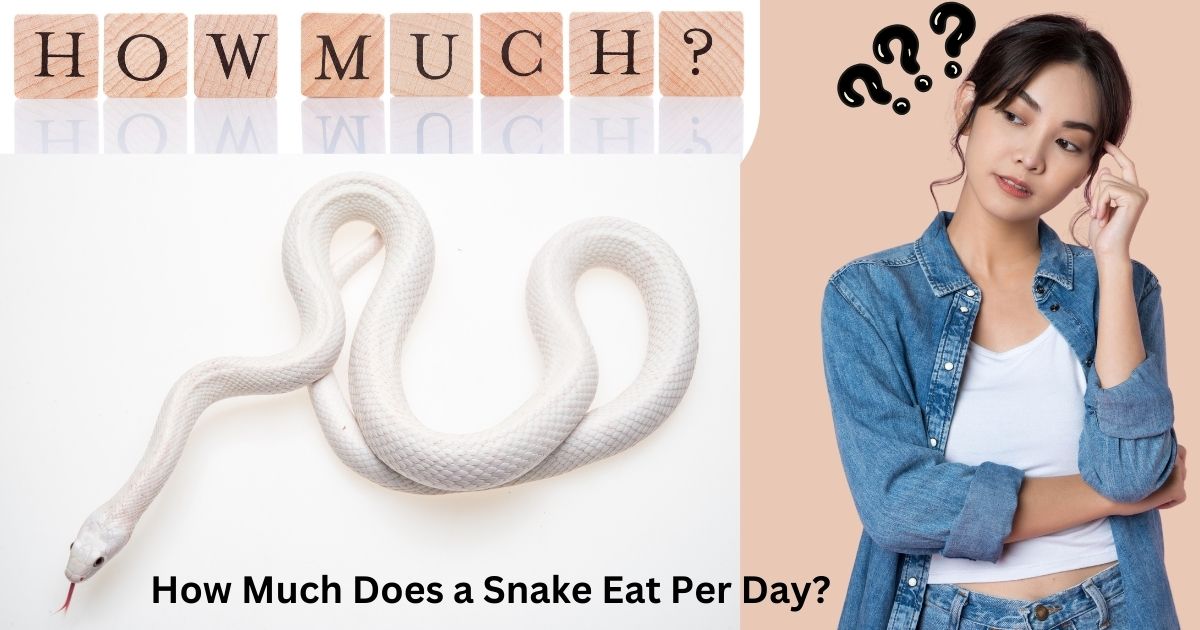
Child snakes regularly eat�around 10% to 15% of their body weight in prey each few days, not every day. For illustration, a child wind weighing 50 grams might expend a prey thing weighing 5 to 7.5 grams.
The correct sum can shift based on the snake’s species, age, and movement level. Continuously guarantee that the prey estimate is suitable for secure utilization.
Signs Your Baby Snake is Hungry
- Expanded Movement: More development and investigation in the enclosure.
- Hunting Behavior: Intrigued in development, particularly when you approach.
- Flicking Tongue: Visit tongue flicking whereas looking for food.
- Staying Close Nourishing Range: Remaining near to where nourishment is more often than not offered.
- Weight Misfortune:�Recognizable diminish in weight over time.
Feeding Techniques for Baby Snakes
- Prey Measure:�Guarantee the prey is no bigger than the most extensive portion of the snake’s body.
- Feeding Strategy:�Utilize tongs to hold the prey and mirror development to fortify chasing instincts.
- Timing: Nourish amid the snake’s dynamic hours, regularly in the evening or early morning.
- Environment: Bolster in a partitioned holder to anticipate substrate ingestion and minimize stress.
- Observation: Observe for signs of starvation and availability some time recently advertising nourishment, and expel any uneaten prey after a few hours.
Can I Feed My Snake in Her Cage?
Yes, you can bolster your wind in her cage, but it’s frequently superior to nourish her in a isolated holder. This avoids substrate ingestion and decreases push.
If you select to bolster in the cage, guarantee that the environment is calm and that any uneaten prey is evacuated after a few hours.
Can I Feed My Snake at Night?
Yes, you can nourish your wind at night. Numerous wind species are nighttime and more dynamic amid the evening, making it a reasonable time for nourishing.
Fair guarantee that the nourishing range is calm and calm to diminish push amid the bolstering prepare.
What Not to Do When Feeding a Snake?
- Do Not Overload:�Dodge giving prey bigger than the snake’s most extensive part.
- Don’t Irritate Amid Nourishing: Minimize taking care of or development around the wind whereas it eats.
- Avoid Bolstering Live Prey: If conceivable, dodge live prey to avoid damage to the snake.
- Don’t Bolster in the Cage: If you can, utilize a isolated holder to avoid substrate ingestion.
- Don’t Take off Uneaten Prey: Evacuate any remaining prey after a few hours to anticipate push or wellbeing issues.
Potential Risks in Feeding Baby Snakes
- Choking Risk:�Bolstering prey that is as well huge can lead to choking.
- Injury: Live prey can harm the wind amid feeding.
- Digestive Issues: Improper nourishment sorts (like natural product or bread) can cause stomach related problems.
- Stress: Nourishing in a chaotic environment can push the wind, influencing its eagerness to eat.
- Nutritional Lacks: A destitute slim down can lead to lack of healthy sustenance and related wellbeing issues.
Common Mistakes in Feeding Baby Snakes
- Feeding As well Huge Prey:�Advertising prey that is as well enormous can cause choking or injury.
- Inconsistent Nourishing Plan: Sporadic nourishing can lead to push and wellbeing issues.
- Ignoring Species Needs: Not considering the particular dietary prerequisites of the snake’s species.
- Feeding Live Prey: Utilizing live prey can posture dangers of damage to the snake.
- Neglecting Cleanliness:�Falling flat to expel uneaten prey can lead to microbes and push.
Transitioning from Baby Snake to Adult Diet
Transitioning from a baby wind to an grown-up count calories includes steadily presenting bigger prey as the wind develops. Begin by expanding the measure of the prey thing to coordinate the snake’s development,
regularly around 10% to 15% of its body weight. Screen the snake’s bolstering behavior and alter the recurrence as needed—adults may eat less frequently than adolescents.
Guarantee that the eat less remains species-appropriate, centering on protein sources like rodents or suitable prey. This continuous move makes a difference keep up the snake’s wellbeing and avoids stomach related issues.
Tips for Keeping Your Baby Snake Healthy
- Legitimate Living space:�Give a clean, suitably measured walled in area with appropriate temperature and stickiness levels.
- Balanced Slim down: Nourish species-appropriate prey in reasonable sizes and at normal intervals.
- Hydration: Guarantee get to to new water at all times.
- Regular Checking:�Watch for signs of ailment, stretch, or anomalous behavior.
- Minimize Taking care of:�Constrain taking care of to decrease push, particularly amid the starting acclimation period.
- Clean Environment:�Keep up cleanliness by routinely evacuating squander and uneaten food.
- Veterinary Care: Plan standard check-ups with a reptile vet to screen wellbeing.
Do Snakes Get Bored in a Cage?
Yes, snakes can gotten to be bored in a cage, particularly if their environment needs enhancement. Giving stowing away spots, climbing structures,
and intermittent changes to their territory can offer assistance invigorate their characteristic behaviors and keep them locked in. Customary dealing with and shifted nourishing strategies can too improve their generally well-being.
Can Snakes Go Without Eating?
Yes, snakes can go without eating for amplified periods, regularly extending from a few weeks to a few months, depending on their age, species, and wellbeing.
Grown-up snakes can regularly quick longer than adolescents. Be that as it may, it’s critical to screen their wellbeing amid fasting, as drawn out periods without nourishment can lead to wellbeing issues.
What does a baby snake eat?
| Food Type | Examples | Notes |
|---|---|---|
| Insects | Crickets, mealworms, waxworms | Common for many species, especially smaller ones. |
| Rodents | Pinky mice | Ideal for larger baby snakes. |
| Amphibians | Small frogs, tadpoles | Some species prefer these in the wild. |
| Worms | Earthworms | Soft-bodied and easy for baby snakes to digest. |
| Fish | Small fish | Suitable for aquatic or semi-aquatic species. |
FAQs About What does a baby snake eat?
What do baby snakes eat and drink?
Baby snakes eat small prey like bugs and rodents and drink fresh water.
What does a baby snake eat in the wild?
In the wild, infant snakes normally eat small insects, amphibians, and tiny rodents.
What does a baby snake eat in the winter?
In iciness, toddler snakes can also eat less often or input a nation of brumation, relying on stored energy.
Do baby snakes eat crickets?
Yes, many child snakes consume crickets as a part of their food plan.
What insects do baby snakes eat?
Baby snakes typically consume crickets, mealworms, and different small bugs.
Do baby snakes eat ants?
Some toddler snakes can also eat ants, but they commonly decide upon large bugs.
How often do baby snakes eat?
Baby snakes normally eat each 3 to 7 days, depending on their length and species.
What do baby grass snakes eat?
Baby grass snakes basically consume small fish, amphibians, and insects.
Conclusion
Giving a adjusted slim down for your infant wind is basic for its development, wellbeing, and generally well-being. Understanding the particular dietary needs based on species is pivotal, as distinctive snakes have changing inclinations for prey measure and sort.
Standard bolstering plans, suitable prey, and consideration to dietary necessities will offer assistance anticipate wellbeing issues and advance a flourishing, dynamic wind.
By making a reasonable territory and checking your snake’s eating propensities, you can guarantee that your child wind gets the appropriate nourishment it needs to create into a sound grown-up. With the right care, your wind can lead a long and dynamic life.

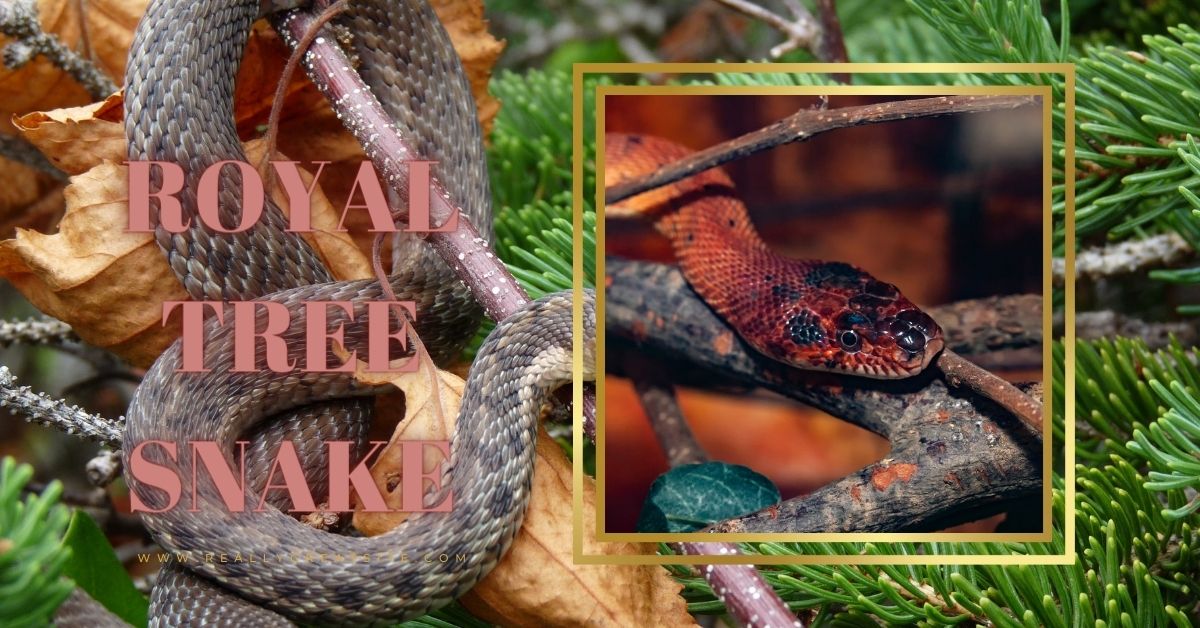
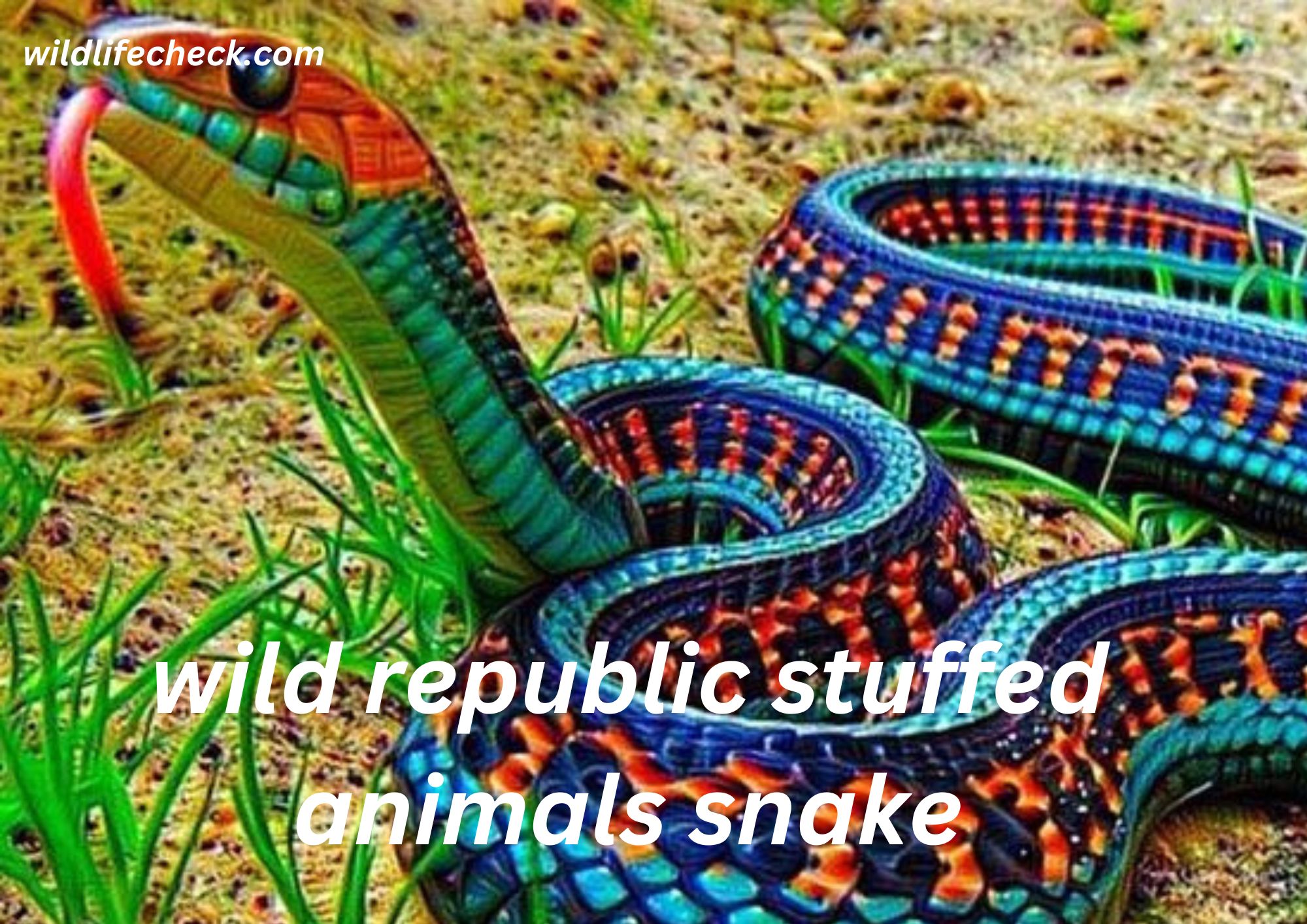
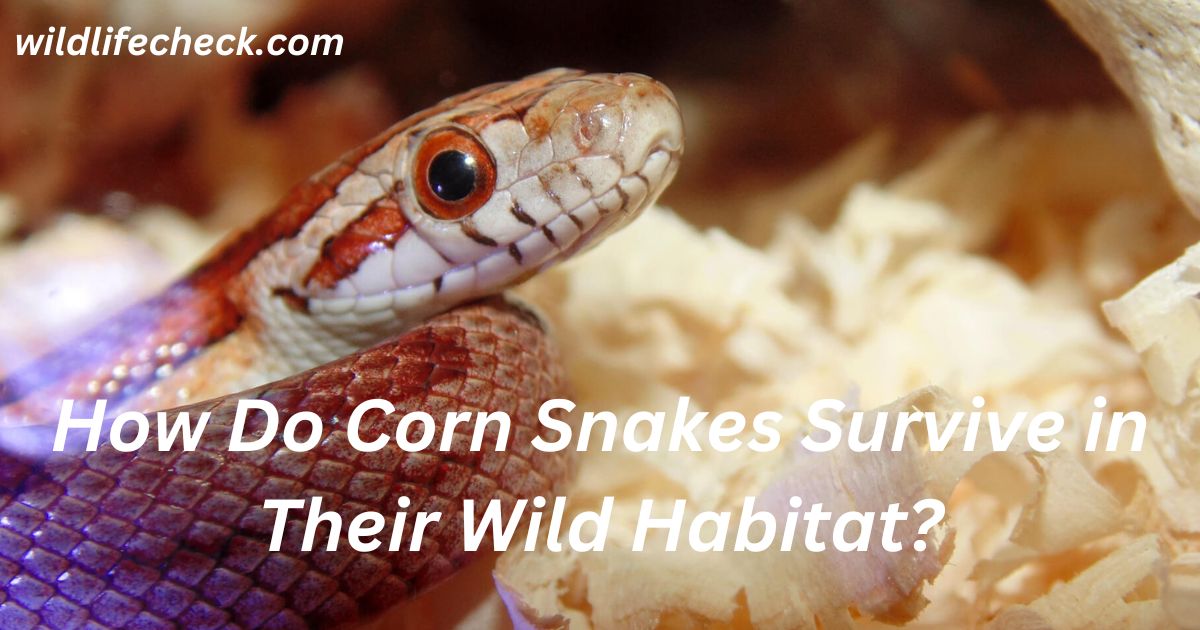

I’m often to blogging and i really appreciate your content. The article has actually peaks my interest. I’m going to bookmark your web site and maintain checking for brand spanking new information.
great issues altogether, you just won a new reader. What may you recommend in regards to your put up that you just made a few days ago? Any positive?
I haven¦t checked in here for a while because I thought it was getting boring, but the last several posts are great quality so I guess I will add you back to my daily bloglist. You deserve it my friend 🙂